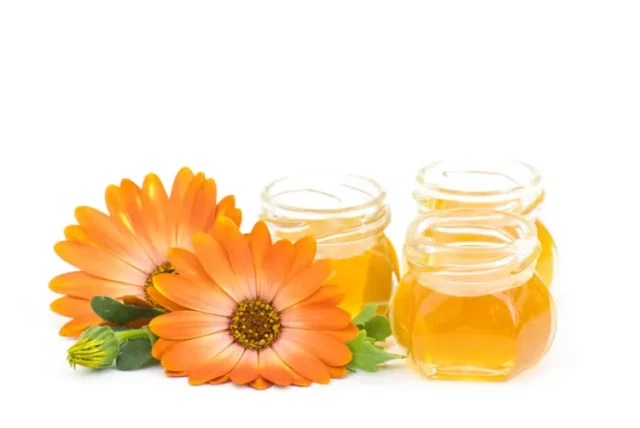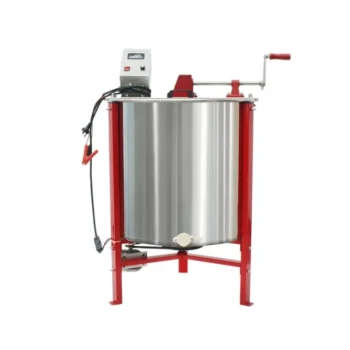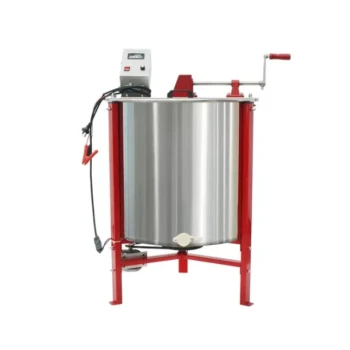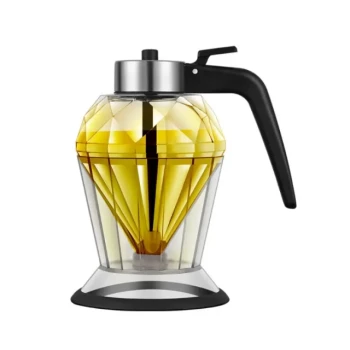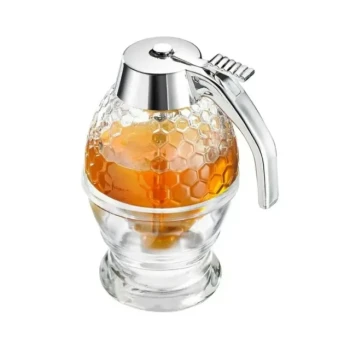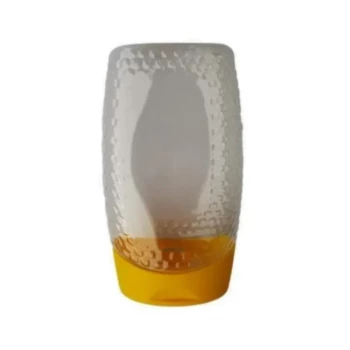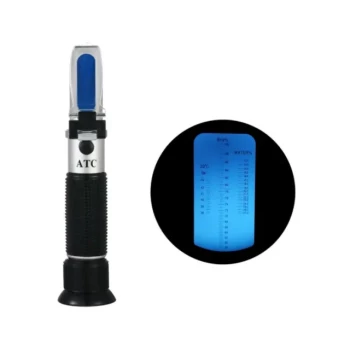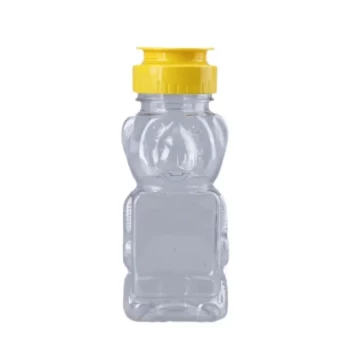For commercial apiaries prioritizing honey purity and operational efficiency, screw press extraction outperforms centrifugal methods—especially with crystallized or viscous honey varieties. Here's how this compact technology preserves product quality while creating profitable byproducts.
How Honey Screw Presses Work
The Mechanics of Wax-Honey Separation
Screw presses apply gradual pressure to uncapped honeycomb, forcing honey through a perforated cylinder while retaining wax solids. Unlike centrifugal extractors that rely on high-speed spinning, this method:
- Prevents heat buildup that can degrade delicate honey enzymes
- Handles crystallized honey without requiring liquefaction
- Separates wax more cleanly for higher-grade byproducts
Key Components: Screw, Cylinder, and Sieve Synergy
- Auger Screw: Slowly compresses comb with adjustable pressure settings
- Perforated Cylinder: Filters honey through 0.5-1mm holes while trapping wax
- Secondary Sieve: Removes residual particulates for bottling-ready honey
Research shows this staged filtration preserves polyphenol levels better than centrifugal methods that can aerate honey during extraction.
Advantages Over Centrifugal Extraction
Higher Yield Rates in Viscous Honeys
Screw presses achieve approximately 15-20% greater recovery with:
- Thixotropic honeys (e.g., manuka, heather)
- Partially crystallized batches
- Comb with higher wax-to-honey ratios
The slow pressing action thoroughly empties comb cells that centrifugal force might leave 10-30% full.
Minimizing Wax Contamination
Centrifugal extraction often requires multiple filtering steps to remove wax flakes. Screw presses:
- Produce wax with under 5% residual honey (vs. 15-25% in centrifugal)
- Yield cleaner wax cakes ideal for cosmetics or candles
- Reduce post-processing labor by up to 40%
Beekeepers report this creates an additional $2-5 revenue per kg of wax compared to lower-quality centrifugal byproducts.
Operational Best Practices
Preventing Clogs in Perforated Cylinders
- Pre-warm Combs: 30 minutes at 35°C improves flow without damaging enzymes
- Layer Comb Types: Alternate soft and firm combs for consistent pressure
- Monitor Output: Clear wax buildup when flow drops by >20%
Post-Use Maintenance for Longevity
- Daily: Rinse with warm (not hot) water to preserve food-grade seals
- Weekly: Inspect screw threads for comb residue
- Seasonally: Replace nylon sieves showing wear
Properly maintained units last 8-12 years—twice the lifespan of centrifugal extractors in commercial settings.
Case Study: Beekeeping Co-op Efficiency Gains
A 300-hive operation switching to screw presses documented:
Before/After Extraction Metrics
| Metric | Centrifugal | Screw Press |
|---|---|---|
| Yield per Frame | 1.2kg | 1.5kg |
| Wax Purity | 78% | 93% |
| Processing Time | 4 hrs/100 frames | 2.5 hrs/100 frames |
Wax Recycling Revenue Streams
The co-op now supplies cosmetic-grade wax to local artisans, adding $8,000/year in ancillary income—covering 30% of equipment costs in the first year.
Ready to upgrade your extraction process? HONESTBEE's commercial-grade screw presses help beekeeping distributors and large apiaries maximize yields while producing premium wax byproducts. Contact our wholesale team for volume pricing on systems designed for 200+ hive operations.
Products You Might Be Looking For:
Honey Wax Separating Wax Press with Metal Screw Wax Separator Machine
Visual Guide
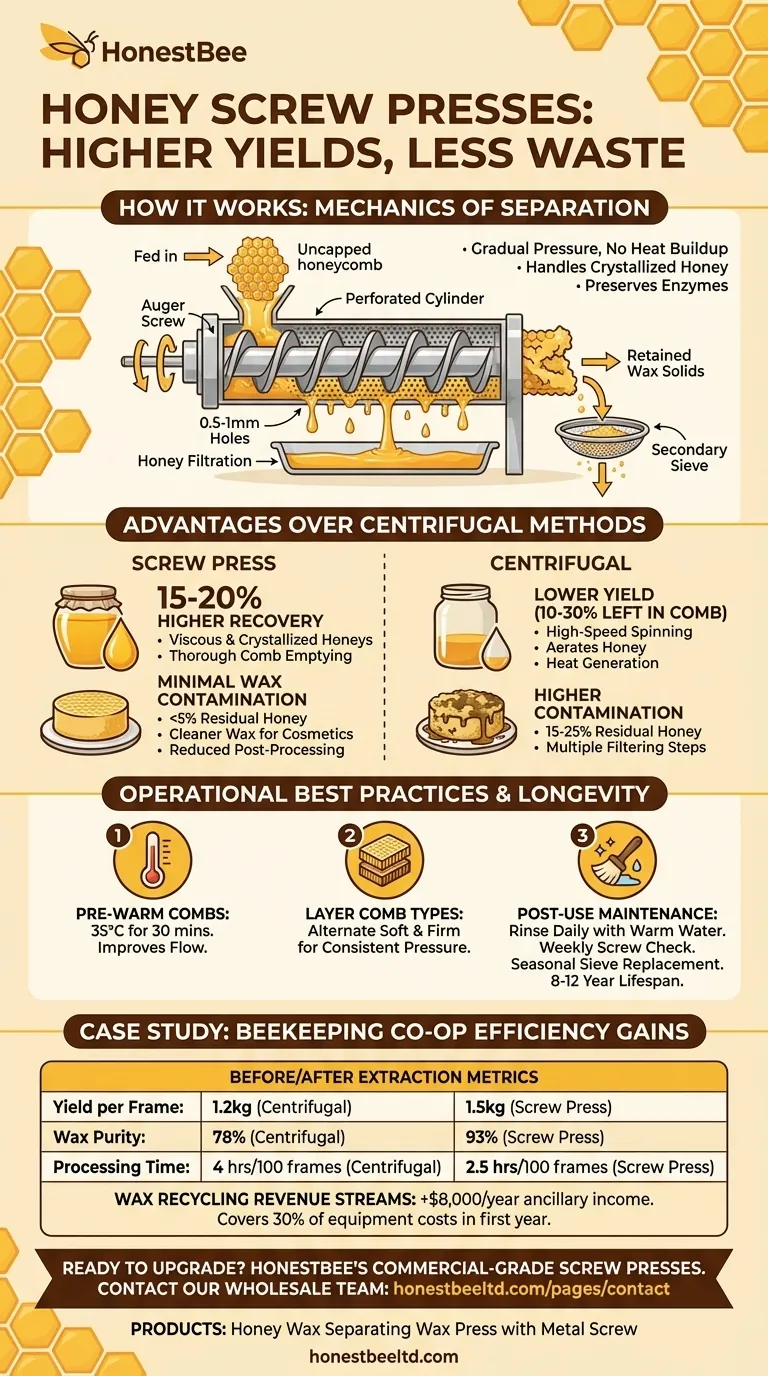
Related Products
- Electric Honey Press Machine for Squeezing Honey Comb Press Equipment
- Stainless Steel Manual Honey Press with Guard for Pressing Honey and Wax
- 10L Stainless Steel Electric Honey Press Machine
- Stainless Steel Honey Press Wax Press with Tank
- Honey Wax Separating Wax Press with Metal Screw Wax Separator Machine
Related Articles
- How to Heat Honey Without Destroying Its Nutrients: Science-Backed Methods
- Why a Honey Press is the Smart Choice for Small-Scale Beekeepers
- How Bee Box-Making Machines Transform Apiary Productivity and Profitability
- How to Choose a Honey Filling Machine: Balancing Efficiency, Customization, and Cost
- The Last Gate: Why a Simple Strainer Defines Honey Quality at Any Scale
